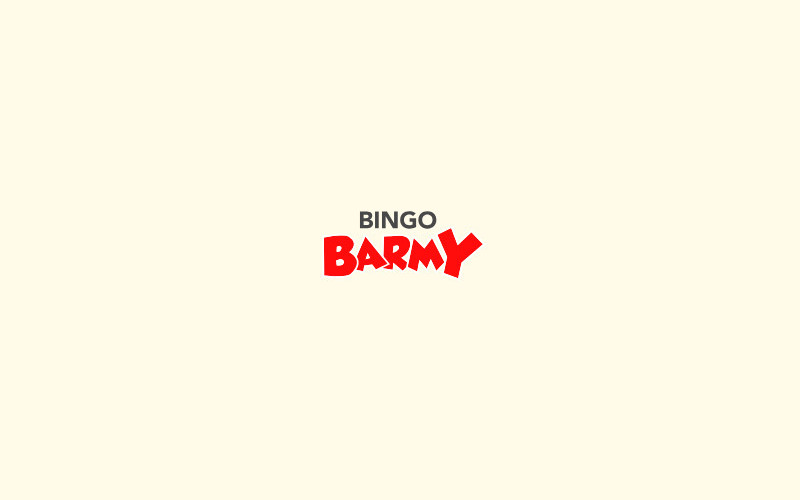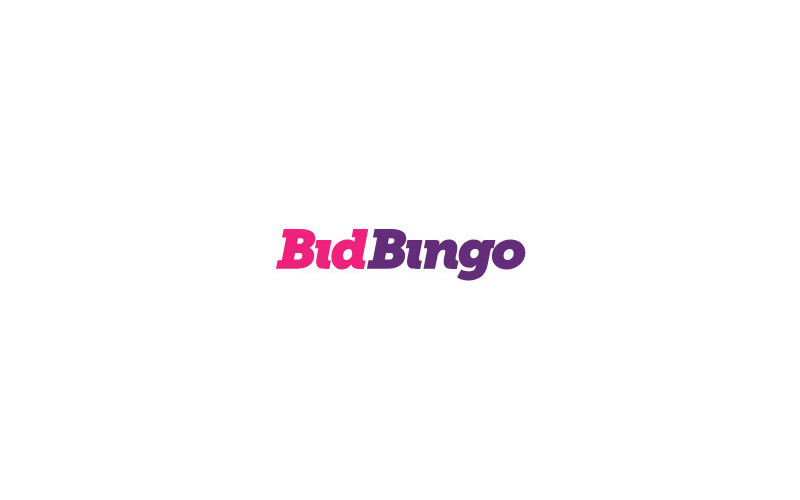The demographic terrain of UK online bingo has undergone significant transformation in recent years. Young adults aged 25-34 now constitute 28% of players, establishing themselves as the primary market segment. The middle-aged bracket (35-54) remains substantial at 48%, while senior participation has dramatically contracted from 32% to merely 6% since 2015. This redistribution reflects broader digital adoption patterns across generations and carries profound implications for industry marketing strategies, platform design, and responsible gaming approaches.
Key Takeaways
- The dominant age group among online bingo players is 25-34 years old, representing 28% of participants.
- Middle-aged players (35-54) account for 48% of the online bingo community.
- Senior participation (55+) has declined significantly, dropping from 32% in 2015 to only 6% currently.
- Female players represent 60% of the online bingo audience, while male participants make up 40%.
- Young male participation (25-34) has increased to 38%, up from 35% in 2015.
The Shifting Demographics: Online Bingo’s Age Distribution Overview
In spite of historically being associated with older generations, online bingo in the UK has undergone a remarkable demographic transformation over recent years. The age distribution of online bingo players now skews significantly younger, with the 25-34 years old bracket emerging as the dominant group, representing 28% of participants.
The shift in demographics is further evidenced by the substantial increase in younger players (18-34), rising from 17% in 2015 to 25% in 2018. Simultaneously, UK Bingo has witnessed a notable decline in the number of 55+ participants, dropping from 32% to 21% during the same period. The 35-44 age group continues to maintain strong participation levels as well.
This evolution reflects the industry’s successful pivot toward a more tech-savvy audience seeking digital entertainment alternatives.
Young Adults (25-34): The New Dominant Force in Online Bingo
Nearly three in ten online bingo players now fall within the 25-34 age bracket, solidifying this demographic as the most significant participant group in the UK’s digital bingo ecosystem. Male players in this age group have shown particularly strong growth, increasing their participation to 38% in recent years—up from 35% in 2015.
This shift reflects broader social dynamics transforming the online bingo environment:
- Tech fluency among young adults enabling seamless navigation of digital gaming platforms
- Rising interest from previously untapped male demographics challenging traditional player profiles
- Declining participation from older players (55+) uncomfortable with technology-based gaming
The 25-34 age group’s dominance represents a fundamental evolution in the perception of online bingo, moving from an activity primarily associated with older generations to one adopted by tech-savvy young adults.
Middle-Aged Players (35-54): A Core Segment of the Online Bingo Community
Middle-aged enthusiasts have established themselves as the backbone of the UK’s online bingo industry, comprising a substantial 48% of the total player base. The 35-54 demographic has exhibited increasing participation rates, particularly among those aged 35-44, contributing significantly to the ongoing demographic shift in online gaming patterns.
These middle-aged players navigate digital platforms with notable technological proficiency, enhancing their overall online gaming experience. Their comfort with various devices has enabled deeper engagement with interactive bingo offerings across multiple platforms.
As the UK online bingo market continues to evolve, operators recognize the strategic importance of this core segment. Industry leaders are responding with age-appropriate promotions and specialized game offerings that cater to the preferences of this demographic, acknowledging their sustained commitment to the activity and their influence on the broader age distribution.
The Decline of Senior Participation: Why the 55+ Audience Is Shrinking
Data analysis reveals a precipitous decline in the 55+ demographic’s online bingo participation, with engagement dropping from 32% in 2015 to 21% in 2018. This regression largely stems from a technology comfort gap between generations, with seniors demonstrating less proficiency maneuvering digital interfaces compared to their younger counterparts. Furthermore, the growing challenges of mobile accessibility for older players and shifting financial priorities during retirement have accelerated this segment’s diminishing presence in the UK’s online bingo market.
Technology Comfort Gap
While online bingo has gained popularity across multiple age groups, a concerning trend emerges when examining the 55+ demographic. This age group’s participation has plummeted from 32% to 21% between 2015-2018, revealing a significant technology comfort gap between generations.
The digital divide materializes in several ways:
- Younger players (25-34) dominate the online bingo scenery at 28%, while the 55+ age group’s presence continues to diminish.
- Senior participants struggle with maneuvering digital platforms that younger demographics navigate effortlessly.
- Smartphone adoption and technological fluency create barriers for older players attempting to join virtual bingo rooms.
This widening gap represents a fundamental shift in age distribution across the online bingo player base. As younger demographics accept digital gaming environments, the industry faces challenges in maintaining engagement with traditionally loyal senior players.
Financial Priorities Shift
Beyond technology barriers, economic factors have emerged as a critical driver behind the declining participation of the 55+ demographic in online bingo. Recent data reveals that 45% of bingo players are spending less during the cost of living crisis, with the older demographic particularly affected by tightened financial constraints.
This spending reduction coincides with the sharp participation decline among players aged 55 and over, which fell from 32% in 2015 to 21% in 2018. Meanwhile, younger age groups (18-34) increased their representation from 17% to 25% during the same period. The age distribution shift reflects changing priorities, as older players reassess discretionary spending.
Notably, 62% of regular players don’t identify as gamblers, positioning online bingo as an entertainment option rather than gambling—a perception affected by both technology comfort and economic considerations.
Mobile Accessibility Issues
The technological divide facing senior players represents a significant barrier to online bingo participation, exacerbating the financial pressures already limiting their engagement. The 55+ age group’s presence has contracted dramatically from 32% to 21% between 2015-2018, largely because of accessibility challenges with mobile devices that now dominate online bingo platforms.
- Only 28% of online bingo enthusiasts visited traditional bingo halls last year, reflecting seniors’ diminishing engagement across all formats
- Mobile gaming usage surged from 46% to 67% in just three years, creating a technological barrier for seniors less familiar with touchscreen interfaces
- Younger players (25-34) now constitute 38% of participants, wielding technological fluency that seniors often lack
This accessibility gap continues to reshape the demographic environment of online bingo, as operators increasingly cater to tech-savvy, younger audiences rather than addressing seniors’ participation barriers.
Gender Differences Across Age Groups: Male vs. Female Participation Rates
Gender dynamics in online bingo participation reveal significant disparities across different age segments of the UK market. Female players dominate the terrain at 60% overall, while males represent 40% of participants. The most active age group remains 25-34 years old, where male participation has grown to 38%, compared to 35% in 2015.
Middle-aged women maintain strong engagement, with females constituting 48% of the 35-54 demographic. Significantly, the age distribution has shifted toward younger players (18-34), whose participation rates increased from 17% in 2015 to 25% in 2018, reflecting growing interest across both genders.
Conversely, the 55+ segment shows a marked decline in participation, dropping from 32% to 21% between 2015-2018, with both males and females in this bracket demonstrating reduced engagement with online bingo platforms.
Economic Factors Influencing Age Distribution in Online Bingo
Economic considerations significantly shape the demographic environment of online bingo in the UK, with income levels and financial stability correlating directly to participation rates across age groups. The data reveals distinct patterns in how financial circumstances influence gambling preferences and digital engagement:
- 33% of online bingo players come from lower-income households, creating a significant demographic segment with unique spending habits and engagement patterns
- The 25-34 age group leads participation at 28%, suggesting this demographic has found a balance between disposable income and entertainment expenditure
- Younger players demonstrate greater willingness to engage with online platforms, while older generations with potentially higher disposable income show hesitancy, likely owing to technological comfort barriers
This economic stratification highlights how financial considerations directly influence the age distribution across the online bingo environment.



